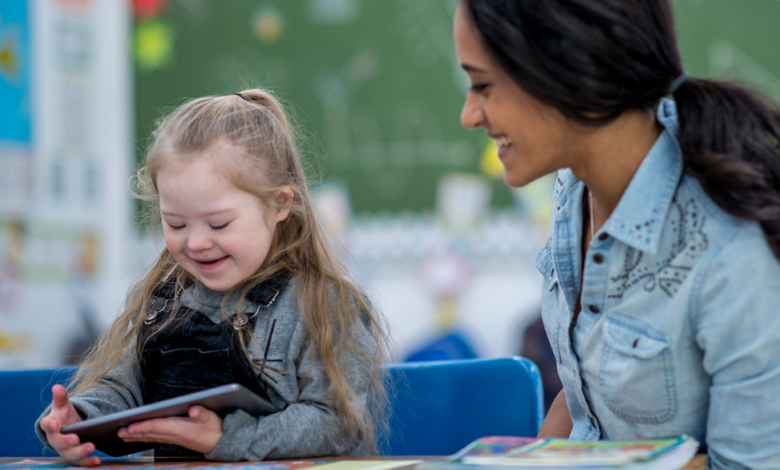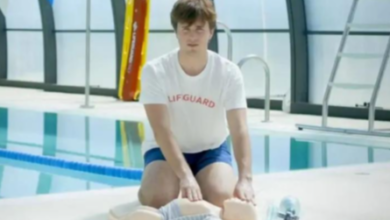How Do Schools and Care Teams Work Together to Support Children With Disabilities?

Supporting children with disabilities requires coordinated efforts from multiple stakeholders, including families, schools, and medical care teams. Effective collaboration ensures that these children receive the services they need to thrive academically, socially, and emotionally. One of the most common physical disabilities in children is Cerebral Palsy, a neurological disorder that affects movement and muscle coordination. For children living with Cerebral Palsy, collaboration between educational and healthcare professionals is not just beneficial — it is essential.
Understanding the Child’s Needs
The first step in creating a supportive environment is understanding the specific needs of each child. Children with Cerebral Palsy may face a wide range of challenges, including difficulties with mobility, communication, fine motor skills, and sometimes cognitive delays. Each child presents a unique case, so both the school and care team must begin by sharing information and assessments. Medical professionals, including neurologists, physical therapists, and occupational therapists, provide critical input on the child’s abilities and limitations. Schools then use this information to craft an Individualized Education Program (IEP) that outlines academic goals, classroom accommodations, and any additional support services the child will receive.
The Role of the School
Schools play a pivotal role in the daily lives of children with disabilities. For those with Cerebral Palsy, accessibility and inclusion are key. The school environment must be physically accessible, with ramps, elevators, and appropriate seating arrangements. Beyond the physical space, teachers and special education professionals need training to support students with mobility or communication challenges. Many students with Cerebral Palsy benefit from speech and language therapy, assistive technology, and adapted physical education, all of which are often provided within the school system.
Regular communication with the care team ensures that the school is aware of any medical updates, therapy changes, or evolving needs. For example, if a child with Cerebral Palsy begins using a new mobility device, the school must be prepared to support its use in the classroom and around campus.
See also: Rebuilding Beach Safety: Overcoming the Lifeguard Shortage Crisis
The Role of the Medical and Therapeutic Care Team
The care team for a child with Cerebral Palsy may include doctors, physical therapists, speech therapists, occupational therapists, psychologists, and social workers. Each member contributes valuable insights into the child’s development. Physical therapists may help improve mobility, balance, and strength, while occupational therapists work on fine motor skills such as writing or using utensils. Speech therapists assist with language development and communication tools, particularly for non-verbal children.
These professionals often provide therapy sessions outside of school, but in many cases, they collaborate with school-based therapists to align treatment goals. This consistency across settings can greatly improve outcomes for the child, as it ensures a unified approach. In some school districts, medical professionals may even visit schools to observe the child and provide guidance to teachers and staff.
The Importance of Collaboration
Effective support for children with Cerebral Palsy depends on strong collaboration between all parties. Regular meetings — such as IEP reviews, case conferences, and parent-teacher meetings — allow everyone involved to share observations, adjust strategies, and celebrate progress. Technology plays an important role in facilitating communication, allowing for quick updates through shared platforms, secure emails, or telehealth meetings.
Parental involvement is also a crucial element in this collaborative process. Parents offer insight into how their child behaves and responds to therapy at home, which can inform decisions made by both the school and the care team. Their voice ensures that the child’s needs are consistently prioritized across all environments.
Overcoming Challenges
Despite good intentions, schools and care teams sometimes face challenges when working together. Differences in terminology, goals, or methods can cause confusion. For example, while medical professionals may focus on long-term physical development, teachers are concerned with immediate academic success. The key to overcoming these differences is open, respectful communication and a shared commitment to the child’s well-being.
Another challenge is resource limitations. Not all schools have access to in-house therapists or specialized equipment needed for children with Cerebral Palsy. In such cases, care teams can help advocate for funding or connect the school with nonprofit organizations that provide support services or assistive devices.
Long-Term Benefits of Coordination
When schools and care teams work well together, children with Cerebral Palsy benefit in numerous ways. They are more likely to reach their academic potential, build meaningful social relationships, and develop confidence in their abilities. A well-supported child is also less likely to experience secondary complications such as social isolation or mental health issues.
The collaboration also prepares children for transitions, such as moving from elementary to middle school or from high school to adulthood. Planning for these transitions involves vocational training, life skills development, and sometimes coordination with adult services. When schools and care teams start this planning early, the transition is smoother and more successful.
Conclusion
Children with Cerebral Palsy deserve an education that is inclusive, supportive, and tailored to their unique strengths and challenges. Achieving this requires a strong partnership between schools and care teams. By working together, these professionals can ensure that each child receives the comprehensive support needed to thrive — not just academically, but in every area of life. As collaboration deepens, the barriers faced by children with Cerebral Palsy become more manageable, and their opportunities for success expand.



